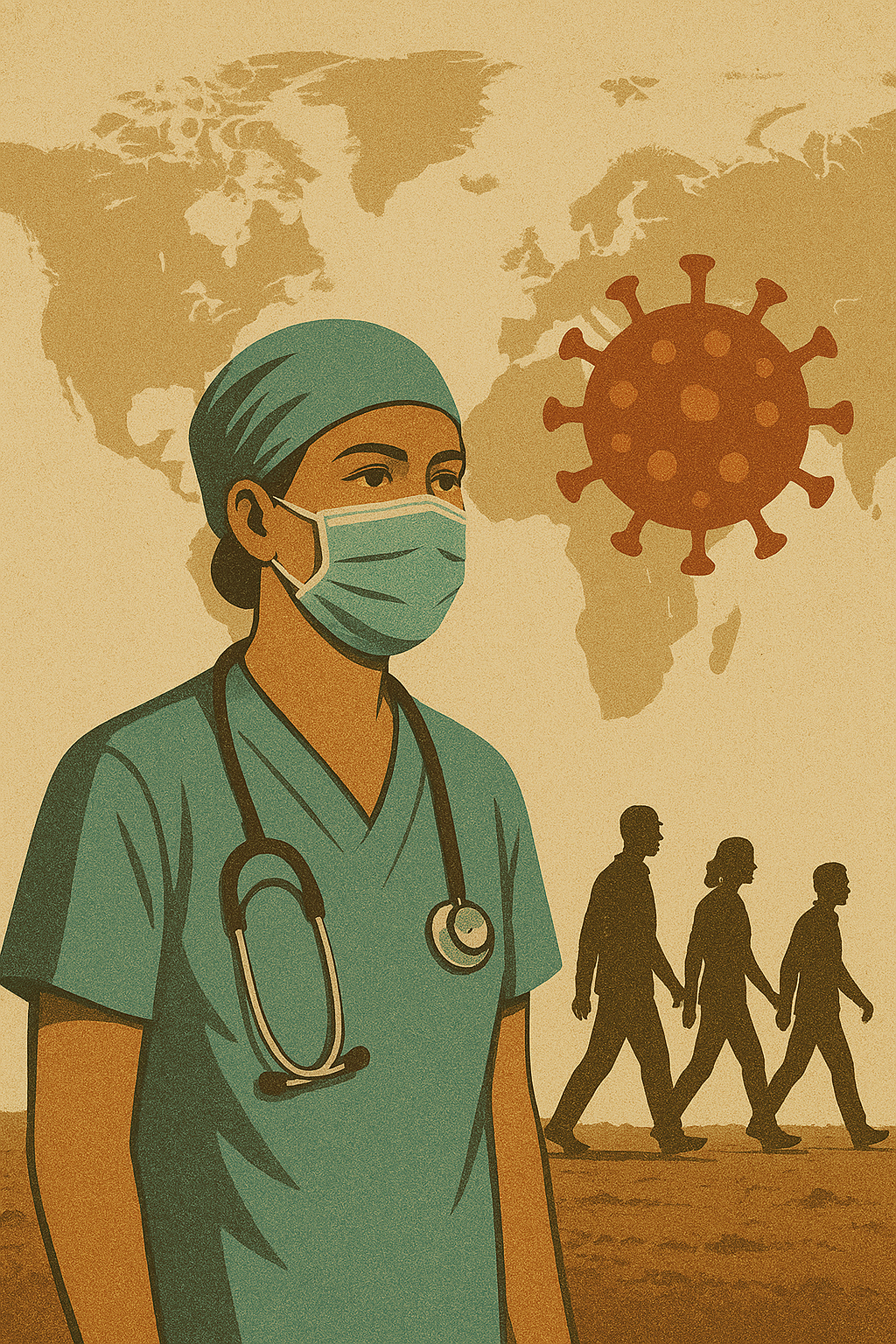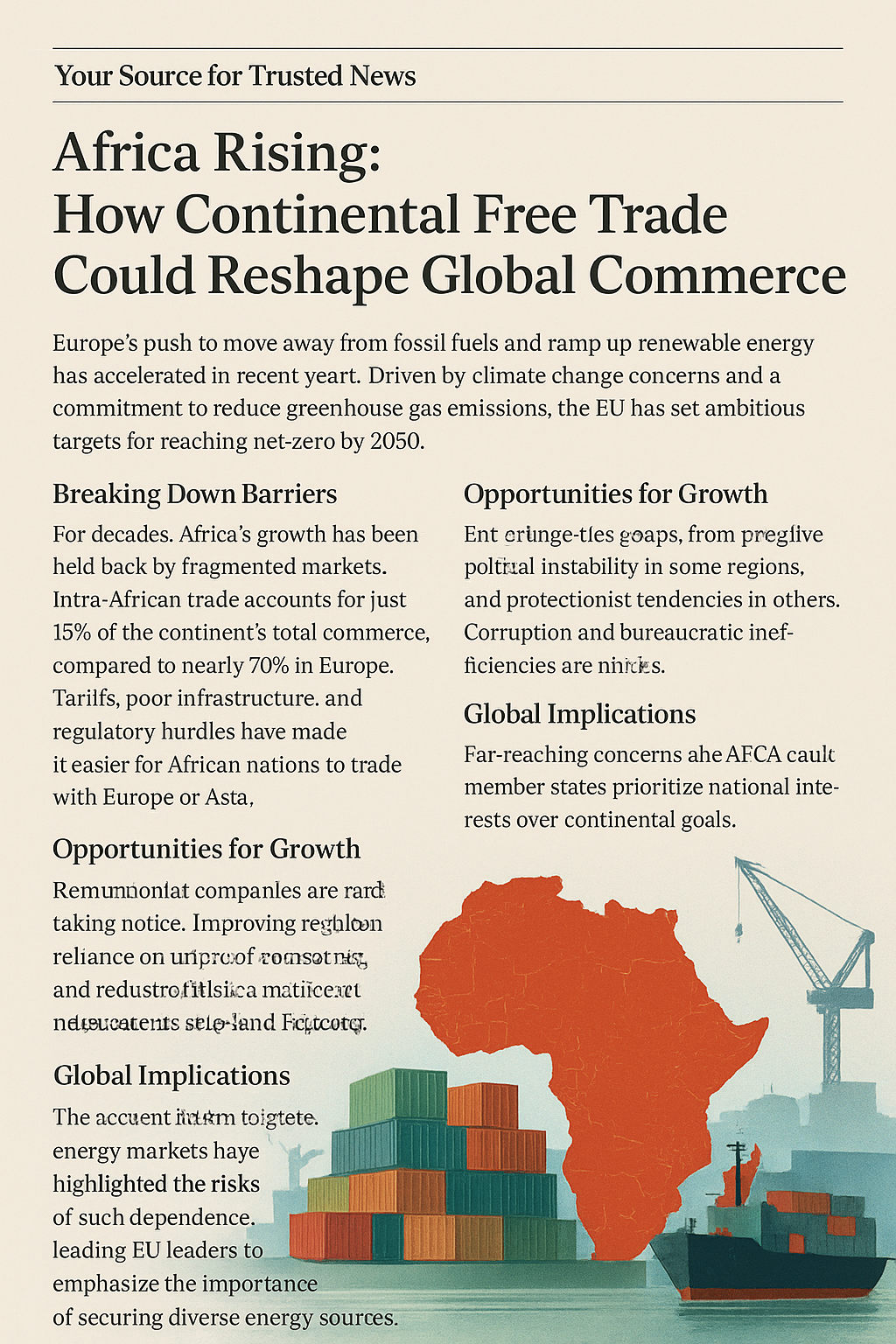For decades, Alzheimer’s disease has remained one of medicine’s most heartbreaking mysteries. Affecting more than 55 million people worldwide, this progressive neurodegenerative disorder slowly robs individuals of memory, reasoning, and identity. Families watch helplessly as loved ones slip away, and despite billions of dollars in research, a true cure has remained elusive. But in recent years, breakthroughs in genetics, diagnostics, and drug development have reignited hope. The question now is whether science is finally on the cusp of victory, or if optimism is once again outpacing reality.
Understanding the Alzheimer’s Puzzle
Alzheimer’s is characterized by the buildup of two abnormal proteins in the brain: beta-amyloid plaques and tau tangles. These toxic accumulations disrupt communication between neurons, leading to cell death and brain shrinkage over time. While these hallmarks have been known for decades, the exact cause of Alzheimer’s remains uncertain. Genetics, inflammation, vascular health, and lifestyle factors all play roles, but how they interact to trigger disease onset is still being studied.
The complexity of Alzheimer’s biology has made it a notoriously difficult target. Unlike infections, which can often be cured by killing a pathogen, Alzheimer’s involves multiple overlapping mechanisms of brain degeneration. This means that even when a treatment succeeds in one area — like clearing amyloid — it might fail to slow cognitive decline.
A History of False Dawns
Pharmaceutical companies have invested heavily in Alzheimer’s research, yet the field is littered with disappointments. Over the past 20 years, more than 400 clinical trials have failed. Some drugs effectively removed amyloid from patients’ brains, but their cognitive symptoms continued to worsen. These failures raised a sobering question: is amyloid really the cause of Alzheimer’s, or merely a byproduct?
In 2021, the U.S. Food and Drug Administration (FDA) approved Aduhelm (aducanumab), the first new Alzheimer’s treatment in nearly two decades. The approval was controversial — some scientists argued that the evidence for its effectiveness was weak, while others hailed it as a much-needed step forward. Since then, new drugs such as Leqembi (lecanemab) have shown more promising results, slowing cognitive decline by about 27% in clinical trials. Still, these are not cures — they merely buy time.
New Frontiers in Research
Despite past failures, the Alzheimer’s research landscape is evolving rapidly. Scientists are now looking beyond amyloid to other biological pathways. For example, tau-targeting therapies aim to stop the spread of tau tangles between neurons. Early data suggest this approach could complement anti-amyloid drugs.
Another promising area is neuroinflammation. Studies show that overactive immune cells in the brain, known as microglia, may accelerate neuronal damage. Drugs designed to calm this inflammation are entering clinical trials, and researchers are hopeful they could slow disease progression.
Genetics has also become a powerful tool. The discovery of genes like APOE4 — which increases Alzheimer’s risk threefold — has allowed scientists to identify people most at risk long before symptoms appear. Using CRISPR and other gene-editing technologies, researchers are exploring whether it might one day be possible to switch off or modify these risk genes entirely.
Meanwhile, advances in biomarkers and brain imaging are transforming diagnosis. Instead of relying solely on cognitive tests, doctors can now detect early Alzheimer’s changes through blood tests, spinal fluid samples, or PET scans. This early detection is crucial, because by the time memory loss appears, brain damage is already extensive.
The Promise of Lifestyle and Prevention
While pharmaceutical companies chase molecular targets, researchers emphasize that lifestyle interventions remain one of the most powerful tools available today. Studies show that regular exercise, a Mediterranean-style diet, sufficient sleep, and cognitive stimulation can all reduce Alzheimer’s risk.
Dr. Lisa Mendoza, a neurologist at the University of California, explains: “There is growing evidence that what’s good for your heart is also good for your brain. Managing blood pressure, controlling diabetes, and staying socially active all play a part in preserving cognitive function.”
Public health experts argue that prevention should receive as much attention as drug development. Some even believe that large-scale education campaigns and community programs promoting healthy aging could prevent millions of future cases.
The Economic and Emotional Cost
The stakes couldn’t be higher. Alzheimer’s is now the seventh leading cause of death globally, and its economic burden exceeds $1 trillion annually. In the United States alone, more than 11 million people provide unpaid care to family members with dementia. The emotional toll is devastating, often leading to burnout, depression, and financial strain among caregivers.
“Every patient represents an entire family suffering alongside them,” says Dr. Mendoza. “Even modest progress in slowing the disease could transform millions of lives.”
That sense of urgency has sparked new alliances between governments, nonprofits, and the private sector. The Alzheimer’s Disease Data Initiative, launched by the Gates Foundation, encourages global collaboration and data sharing to accelerate discoveries. Meanwhile, biotech startups are exploring novel therapies using stem cells, artificial intelligence, and even personalized vaccines.
AI and the Search for a Cure
Artificial intelligence is playing an increasingly vital role in the race to cure Alzheimer’s. Machine learning algorithms can analyze brain scans and genetic data far faster than human researchers, identifying subtle patterns invisible to the naked eye. This technology is already helping scientists predict who is most likely to develop Alzheimer’s and how fast it will progress.
AI is also revolutionizing drug discovery. Instead of testing thousands of compounds manually, algorithms can simulate how molecules interact with brain proteins, drastically shortening development timelines. As pharmaceutical companies integrate AI into their workflows, experts believe we could see a new generation of precision-targeted drugs within a decade.
Hope or Hype?
So, is a cure truly within reach? Many scientists urge caution. While the pace of discovery is accelerating, Alzheimer’s remains one of the most complex diseases ever studied. Even if a breakthrough drug emerges, getting it to patients affordably and safely will take years.
Critics warn that premature hype can lead to false hope and wasted resources. Yet, optimism also fuels progress. Each failed trial refines our understanding, bringing science one step closer to success.
Dr. Mendoza puts it simply: “We are no longer groping in the dark. For the first time, we can see the contours of a path forward. Whether it leads to a cure or to better management, we are undeniably closer than we’ve ever been.”
A Future Worth Fighting For
The global race to cure Alzheimer’s is not just a scientific endeavor — it’s a moral one. As societies age, the disease threatens to become the defining health crisis of the 21st century. But with growing collaboration, powerful new technologies, and a deeper understanding of the brain, hope is no longer misplaced.
It may not be a single miracle cure that ends Alzheimer’s, but rather a mosaic of prevention, early detection, and personalized therapies. Each discovery adds a piece to the puzzle, bringing humanity closer to reclaiming what the disease has stolen: memory, dignity, and time.
700 701 702 703 704 705 706 707 708 709 710 711 712 713 714 715 716 717 718 719 720 721 722 723 724 725 726 727 728 729 730 731 732 733 734 735 736 737 738 739 740 741 742 743 744 745 746 747 748 749 750 751 752 753 754 755 756 757 758 759 760 761 762 763 764 765 766 767 768 769 770 771 772 773 774 775 776 777 778 779 780 781 782 783 784 785 786 787 788 789 790 791 792 793 794 795 796 797 798 799 800 801 802 803 804 805 806 807 808 809 810 811 812 813 814 815 816 817 818 819 820 821 822



